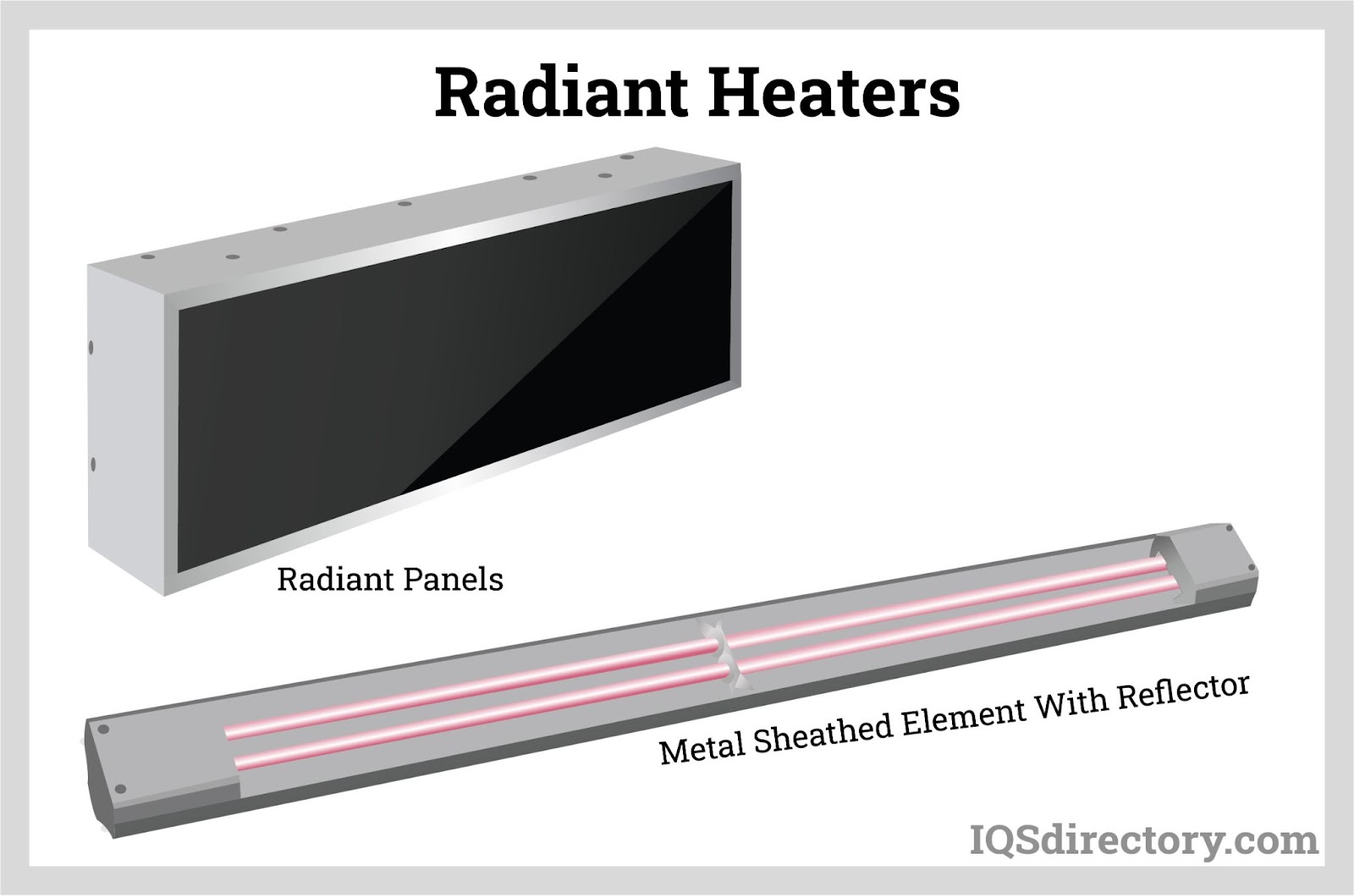All About 1 Source Portable Air
The Ultimate Guide To 1 Source Portable Air
Table of ContentsAn Unbiased View of 1 Source Portable AirThe 6-Second Trick For 1 Source Portable AirThe 30-Second Trick For 1 Source Portable AirLittle Known Questions About 1 Source Portable Air.Some Known Details About 1 Source Portable Air
Running expenses are based on an electricity cost of 40c/kWh. The prices for 3 months' use in winter months are based on 500 hours make use of, or around 6 hours daily for three months. Maximum heat output is based on the optimum electrical power of the designs we've checked (we concentrate on higher electrical power heating systems).
This depends upon what expense you're checking out in advance acquisition, or running cost? As normal, there are trade-offs with either selection. Generally, small fan heating systems are less costly to purchase, yet can have higher running expenses. Oil column heating units will be the cheapest on the market to run (typically) however just by a narrow margin ahead of convection heating units (like panel and micathermic panels).
Indicators on 1 Source Portable Air You Need To Know
If you have a reversible ceiling follower, it'll help spread the warm around the area a lot more evenly. A number of expensive heaters have actually failed to excite our testers, while some more affordable models make for remarkably good buys.
As the name suggests, they emit heat from a heated burner (so the family will need to take turns being in front of it). There are flooring and wall-mounted versions available. Glowing heaters are fairly inexpensive. They have a cosy radiance and individual warming effect, like being in front of a fire.
Glowing heating systems normally set you back between $20 and $200. Oil-filled column heating systems do not in fact melt oil they utilize electrical energy to heat the oil that's sealed inside their columns or 'fins'.
1 Source Portable Air Fundamentals Explained
Some column heaters aren't also oil-filled however rather utilize other product or home heating technology to function the very same means - 1 Source Portable Air. The danger of fire with an oil column heater is reduced compared to various other heating unit types, but never ever no. Oil heaters do not have revealed elements like radiant heating units do, and their surface temperature level is less than many various other heating unit types (their huge area offsets it)
Oil column heating units won't Visit Your URL take off, and while they don't burn their oil to produce heat, it's still flammable, so there is a fire threat if the oil leaks, if the heating system topple and leaks, or if flammable items or material enter get in touch with or fall on the heating unit. You must work out the same level of care with oil heating units when it comes to various other heating system kinds, and never ever hang towels or clothing over one to dry them make use of a drying rack instead, at the very least one metre away.
Column heating systems are particularly valuable in areas where they'll be activated for extended periods of time or where they'll operate ignored, such as over night in a bedroom. The surface areas you're most likely to touch on a column heating unit do not get as hot as other kinds of electric heating units. You can make use of a ceiling fan on extremely low rate to aid the column heater to distribute the warm much faster and a lot more equally.
Oil-filled column heaters typically set you back in between $50 and $450. Convection and panel heating systems attract chilly air over an electric heating aspect.
Some Ideas on 1 Source Portable Air You Need To Know

Convection and panel heaters are extra mobile than their oil-filled column heating system counterparts due to the fact that they're substantially lighter. Like a column heating unit, you can use a ceiling fan on extremely basics low rate to distribute the warmth quicker and extra evenly.

How 1 Source Portable Air can Save You Time, Stress, and Money.
Fan heating systems are usually smaller and extra portable than other electric heating systems. They likewise come in the form of tower fan heating units, which can be much better for dispersing warmth around larger spaces due to their taller profile. They can heat the air in a space much more rapidly, uniformly and rapidly than some other heating system types.
They can be rather noisy with the follower on complete power, though are generally fairly quiet at reduced follower rates. Follower heating units (ceramic or otherwise) normally cost in between $60 and $900. Ceramic follower heating units aren't necessarily any type of different in price to non-ceramic models. A fairly current entrant into the customer market, infrared heating systems heat the area like the sun heats your face (without the UV rays so no threat of skin cancer). 1 Source Portable Air.